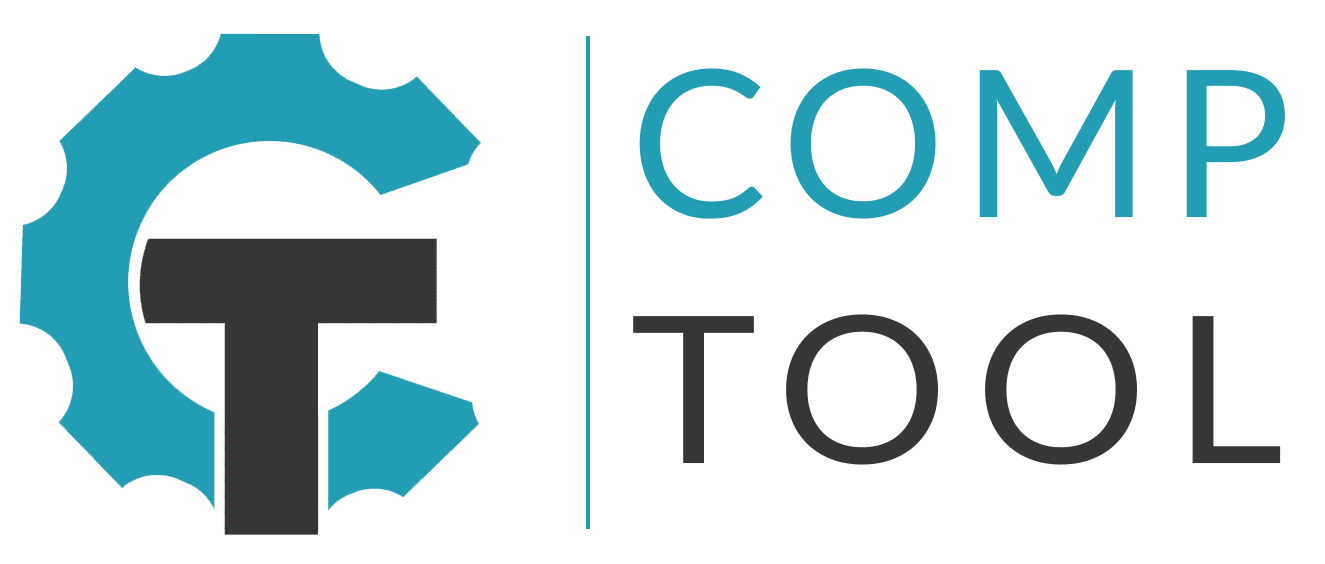Free Compensation Benchmarking
CompTool offers the industry leading market pricing tool for companies to manage their salary surveys and conduct market pricing.
Manage Multiple Surveys
Load salary surveys from CompTool’s survey marketplace.
Blend Your Market Data
Build compensation benchmarks using multiple salary survey sources
Age Your Salary Surveys
Whether you lead or lag the market, age the salary benchmarking data with CompTool
Stakeholder Collaboration
Send your suggested matches to stakeholders for review
Sign Up for the Free Compensation Benchmarking Tool
The Only Free Market Pricing Tool
CompTool offers both a free version and a paid version of our market pricing tool. With our free version, Clients that own surveys from trusted survey companies can use CompTool’s salary survey manager and market pricing tool at no cost for compensation market analysis.
With CompTool’s free market pricing software, users have the ability:
- Build market composites with multiple survey sources
- Age their survey data
- Conduct side by side comparisons of market data
- Blend market data
- Conduct a limited number of Squirrel searches
- Add geographic differentials
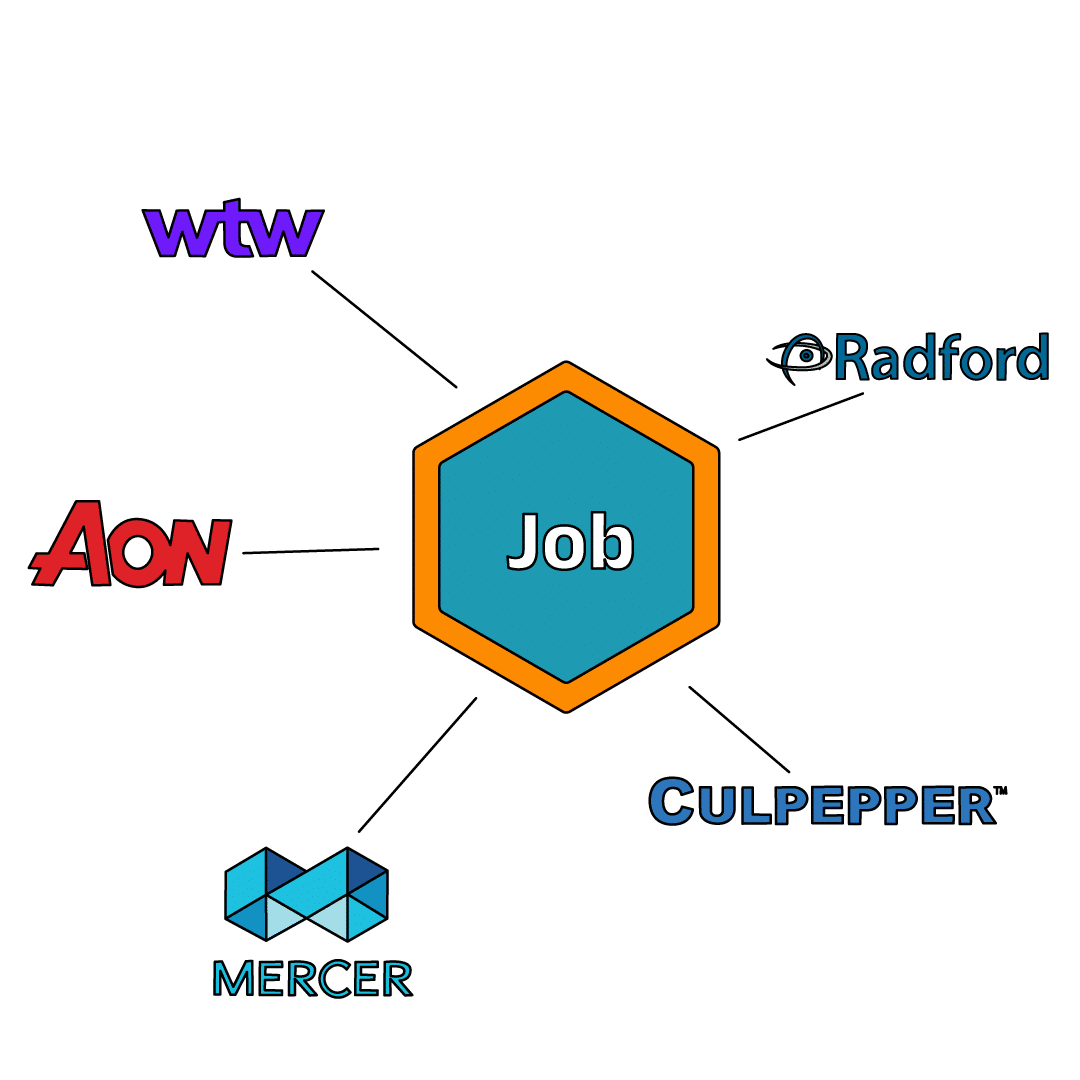
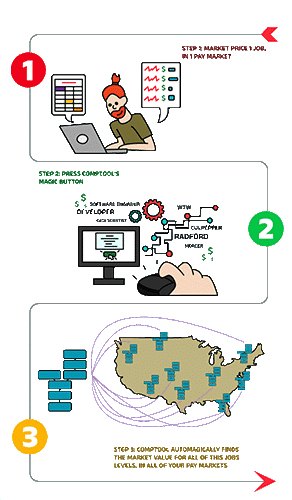
Market Price Entire Job Families at Once
Take your market pricing function to the moon with our multi-matching feature for compensation market analysis. Find a market match for an Accountant I, and CompTool will automatically find it for all of your jobs, up to the VP of Accounting, for example. Our game-changing multi-match technology let’s your team instantly market price entire job families, in multiple labor markets.
With all the time our innovative multi-match technology will save you, you’ll have time to explain to your VP of Engineering why that new job description with 3 years of experience probably doesn’t qualify as a Senior Engineering Fellow.
Calculate Better Geographic Differentials
In the world of remote work, accurately calculating geographic differentials is more important than ever. CompTool makes it easier to leverage the data you already have to determine the best geographic differentials for your benchmarking salary surveys.
Our survey data cut comparison tools make it easy for the plant managers to understand that, in fact, they don’t have to pay every employee 20% more just because their plant is next door to an Amazon Distribution Center.
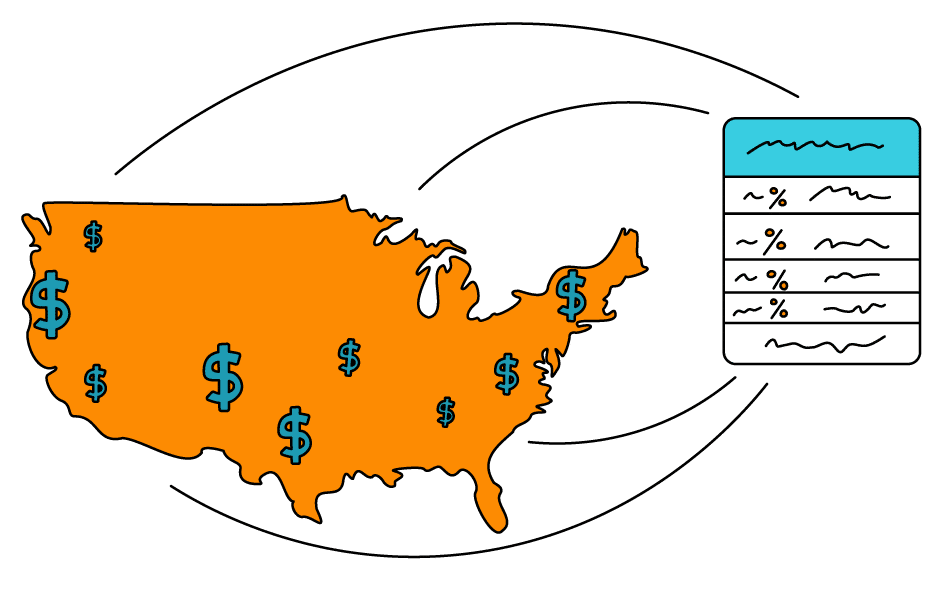
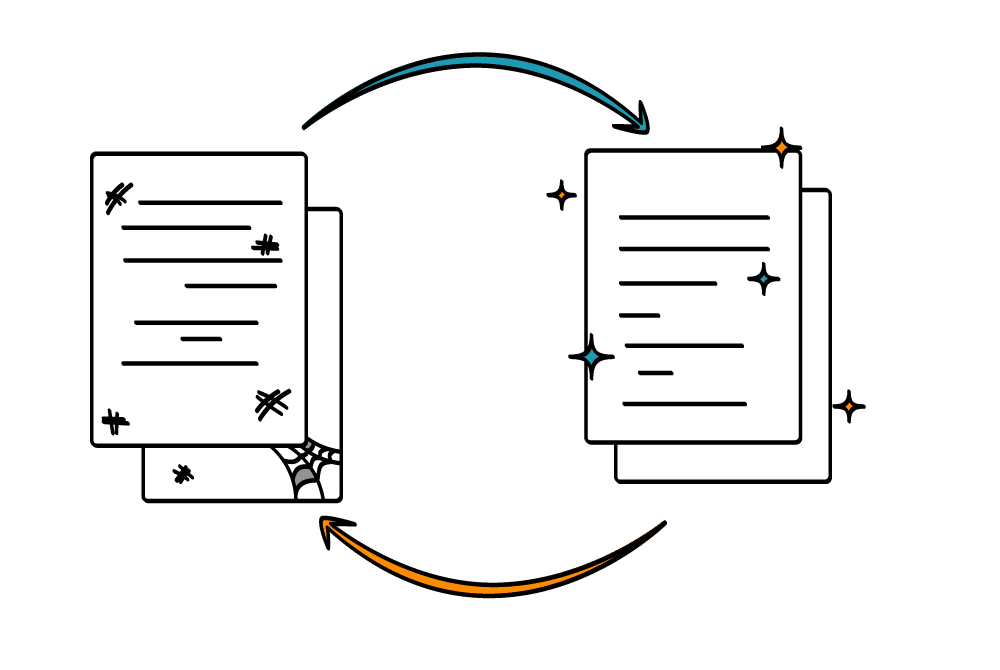
Automatically Refresh Your Matches
In today’s labor market, it’s important to have the most current benchmarking compensation data… especially when your Head of Supply Chain keeps telling you that your salary surveys are outdated or don’t have the right comparator companies.
With CompTool, updating your old survey matches to the most current compensation benchmark matches is a breeze and can be done in a matter of minutes.
Consolidate Your Salary Surveys
Whether you have one salary survey or ten salary surveys, CompTool can help you organize them and search through them faster. Our survey library provides one of the fastest and easiest-to-use ways to search through your extensive survey data.
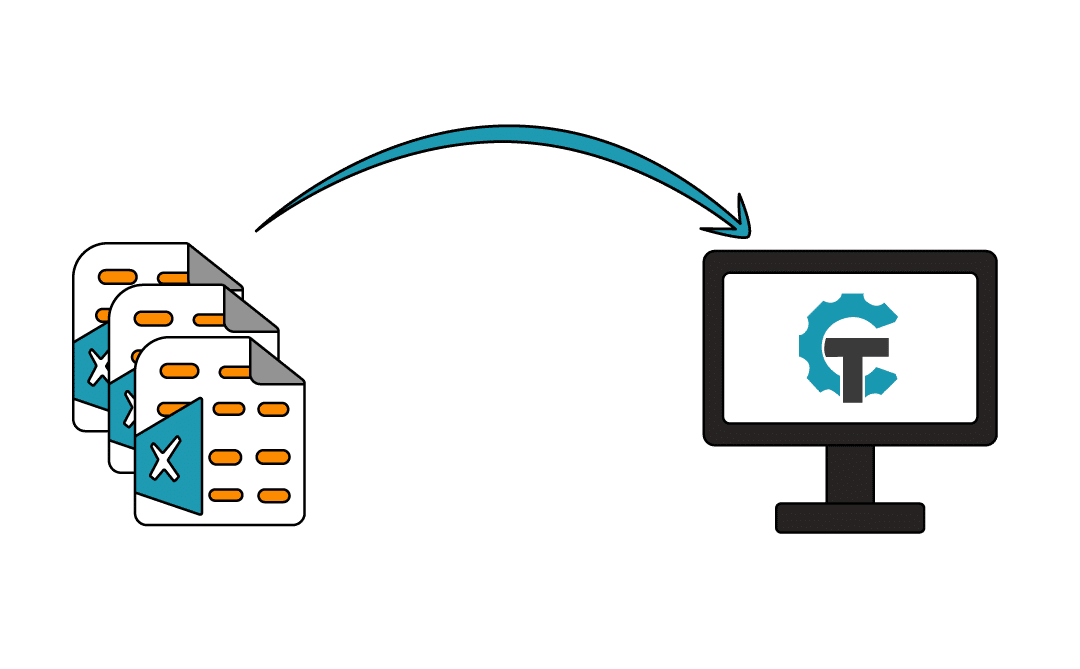
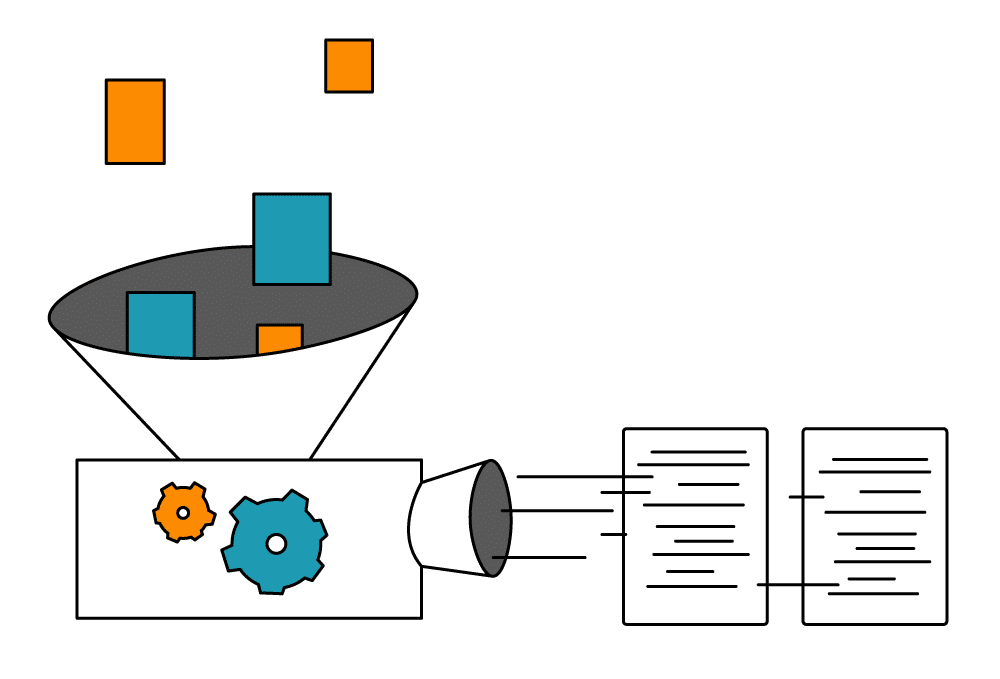
Automated Salary Survey Submissions
Our salary survey submission tool makes it so easy to submit your surveys, you’ll have to find a new way to haze the junior comp analyst on the team. CompTool takes your existing compensation benchmark matches, and lets you package them
up nicely in easy to create reports that you can submit to your salary survey providers.
Support from Real Compensation Practitioners
Only CompTool’s customer support team is fully staffed with real Compensation practitioners. All of our Account Executives have at least 15-years of experience in compensation management. Even our founder was a compensation professional, designing CompTool while holding down the 9-5 managing comp programs in the US and UK.

Comp Tool Enables You to:

Market Match Entire Job Families at Once
Now your team can market price entire job families at once.

Automate Salary
Survey Submissions
Quickly submit to all of your surveys nearly automatically, every year.

Evaluate Real-Time
Wage and Salary Data
CompTool comes with Squirrel, the only real-time wage and salary benchmarking data solution.

Model and Analyze
New Salary Structures
Model pay structures with instant KPIs and metrics based on the new structure.
